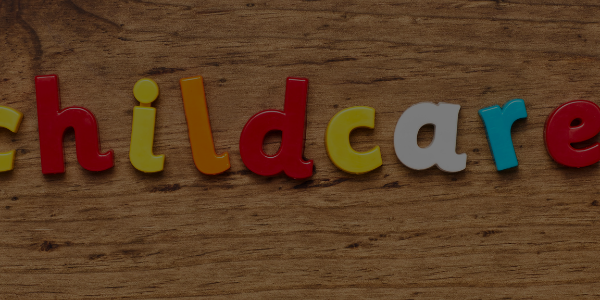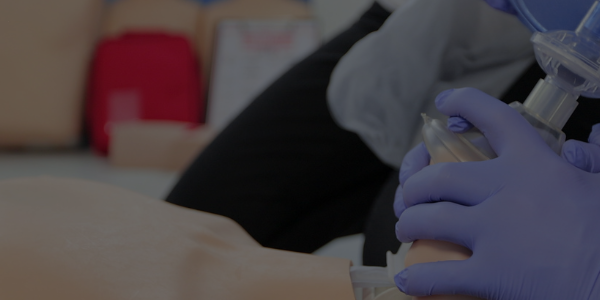Proper First Aid should be used any time there is an illness, injury. Or emergency situation that requires treatment and emergency personnel have not arrived.
In some cases, the situation and resulting first aid may be minor – some antibiotic ointment and a bandage for a small cut, for example.
In other cases, it may be an emergency that could save a life, such as performing CPR. You should only administer first aid in more serious cases if you are trained to do so.
But is there a Proper First Aid?
YES! There is Proper First Aid – Book a Course to find out!

The DRSABCD action plan
If you have completed a first aid course, you will be familiar with the DRSABCD action plan. You can remember them by thinking “Doctor’s ABCD” (for DRS ABCD).
Each letter is a prompt for the actions to take when first aid is needed.
DRSABCD ACTION PLAN |
||
|
Letter |
Representing |
What to do |
|
D |
Danger |
Ensure that the patient and everyone in the area is safe. Do not put yourself or others at risk. Remove the danger or the patient. |
|
R |
Response |
Look for a response from the patient — loudly ask their name, squeeze their shoulder. |
|
S |
Send for help |
If there is no response, phone triple zero (000) or ask another person to call. Do not leave the patient. |
|
A |
Airway |
Check their mouth and throat is clear. If there is foreign material, roll the patient on their side and clear the airway. If there is no foreign material, leave them in the position you find them in and gently tilt their head back and lift their chin to clear the airway. |
|
B |
Breathing |
Check if the person is breathing abnormally or not breathing at all after 10 seconds. If they are breathing normally, place them in the recovery position and stay with them. If they are not breathing normally, call an ambulance and start CPR. |
|
C |
CPR |
Start CPR: 30 chest compressions followed by 2 breaths. Continue CPR until the patient starts breathing or until help arrives. |
|
D |
Defibrillation |
As soon as possible, attach an Automated External Defibrillator (AED) to the patient and follow the voice prompts. Do not leave the patient alone to fetch the defibrillator — let someone else bring it. |
The DRSABCD action plan is a useful tool in first aid. But you will manage it even better if you have training in how to perform each action the right way.
Contact us today to book into one of our first aid courses or to purchase irst aid supplies that are suitable for your setting. Eg home, workplace or event and ensure that you are prepared for an emergency situation.
Read more of out blogs here!





